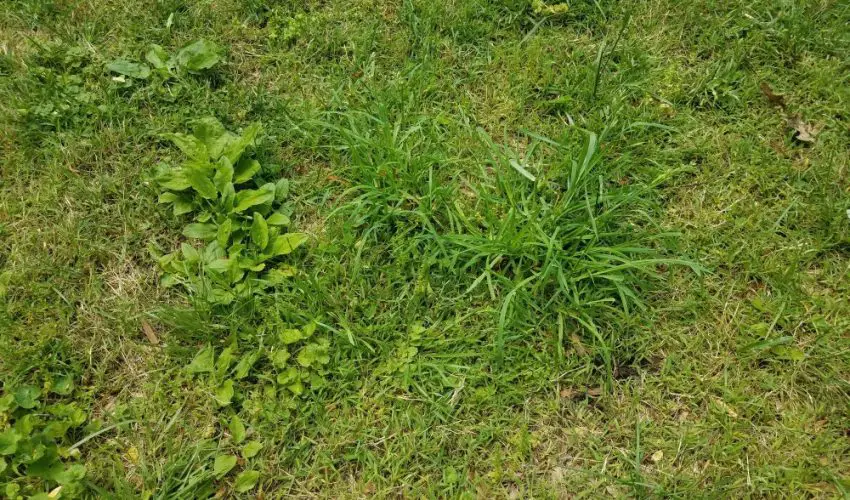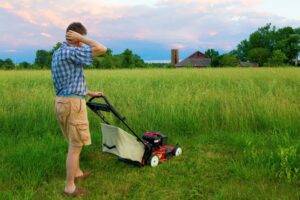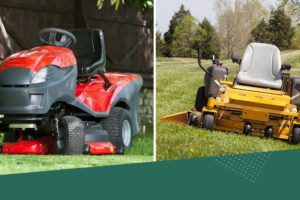Sometimes you might not have the time to prevent weeds from spreading in your lawn, but that doesn’t mean it’s too late to restore it.
Table of Contents
ToggleIn this article, we will provide our best tips on how to restore a lawn full of weeds, but more importantly how to properly maintain your lawn in order to prevent it from happening in the future.
Why do Weeds Grow in the lawn?
Weeds grow in lawns when there are favorable conditions for them, such as poor soil quality, insufficient sunlight and water, or a lack of nutrients.
Weeds can also spread through seed dispersal, which is why it’s so important to keep an eye out for existing weeds in your lawn and address them quickly.
How to repair a lawn full of weeds
Weeds are a common problem for lawns and can be difficult to remove without the right approach. In order to kill the weeds in your lawn, you’ll need to take a few steps.
1. Identify the Weeds in Your Lawn
The first step is to identify the type of weeds you have in your lawn. There are two main types: broadleaf and grassy weeds.
Broadleaf weeds tend to be larger and have wide leaves with a single stem in the center, while grassy weeds are narrower and more blade-like with many stems growing along the same line. Knowing which type of weed you have will help you choose the right treatment.
2. Clean the Lawn and Mow it
The next step is to clean up the lawn. Remove any debris such as leaves and sticks that could be harboring weed seeds. Then mow your lawn to a height of 2-3 inches to make sure that you create the right conditions for the Herbicide treatment to have the best effect.
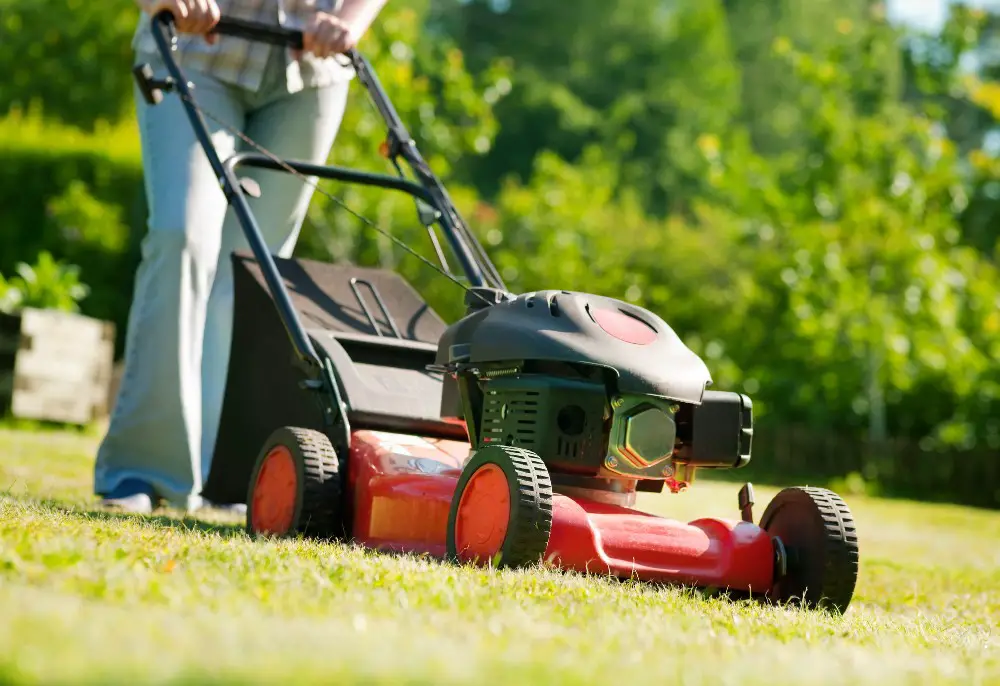
3. Apply Herbicide
Once you have identified the weed and prepared the lawn, the next step is to apply a herbicide.
For broadleaf weeds we recommend to use a product containing 2,4-D or triclopyr, while for grassy weeds, using a herbicide containing Quinclorac is your best option.
After you’ve applied the herbicide, give it some time to take effect before proceeding with the next step.
4. Rake Your Lawn
Once the herbicide has killed off the weeds, it is essential to rake your lawn in order to remove any dead material. Doing so will make space for new grass growth and help ensure a lush, healthy lawn.
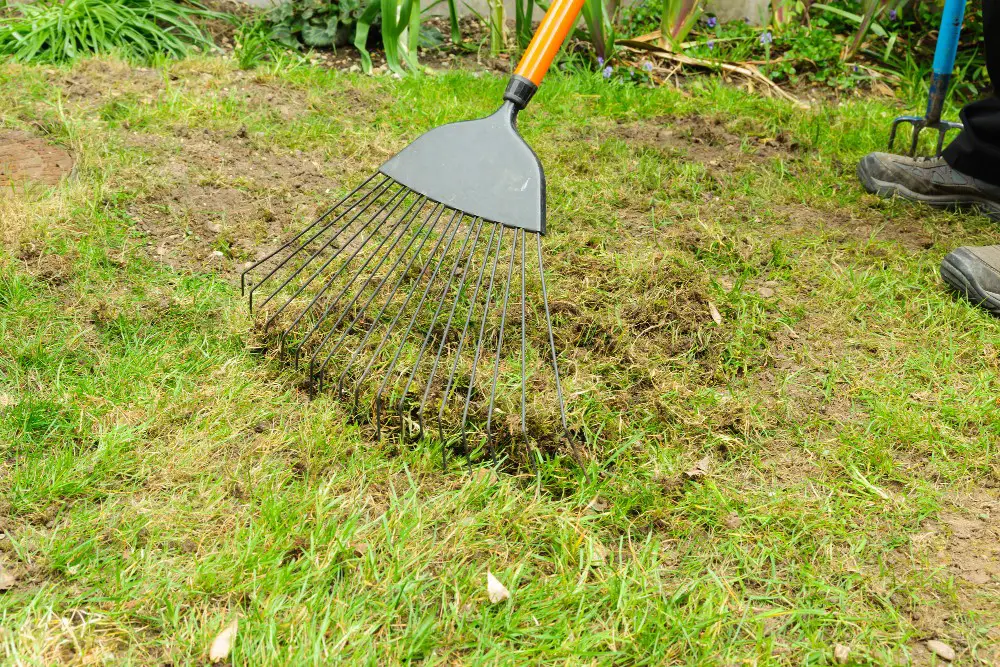
5. Dethatch and Aerate Your Lawn
It’s essential to remove thatch from the lawn and aerate it before laying sod or reseeding, as this will loosen the soil and enable water, air, and nutrients to penetrate effectively. Doing so will ensure healthy growth of your new grass and make it more resilient to weeds in the future.
6. Reseed the lawn
Once you’ve done all the preparation above, it’s time to reseed your lawn. You’ll need to do some research on which type of grass seed to use based on your region’s climate. There’s two categories of grass; Cool-season grass and warm-season grass.
Cool-season grasses are better able to tolerate frost, low light, and lower temperatures while warm-season grasses have higher light and temperature requirements as well as a lower tolerance of frost. Warm-season grasses also require less water than cool-season grasses.
For the best result, use a lawn spreader to evenly distribute the seed over your soil. This device offers different settings depending on the amount of seeding needed for your lawn.
7. Water Your Lawn
Finally, after seeding your lawn you need to make sure that it is properly watered. Watering your lawn regularly will help promote healthy growth and also protect it from weed infestation. We recommend to water your lawn in the early morning hours or late evening to get the best results.
How to prevent weeds from take over your lawn
In order to keep weeds from taking over your lawn, regular mowing and watering are essential during the summer. But it’s also important to prepare the soil in the springtime by aerating and fertilizing it to help maintain healthy grass. We recommend you to do this before the summer starts for the best results. Ideally in March or early April.
Conclusion
It can be frustrating when weeds start to overtake your lawn. Luckily, with the right approach and products, it is possible to get rid of the weeds and enjoy a lush lawn with thick green grass.
With proper care, you can keep your lawn looking beautiful and free of any unwanted intruders.

